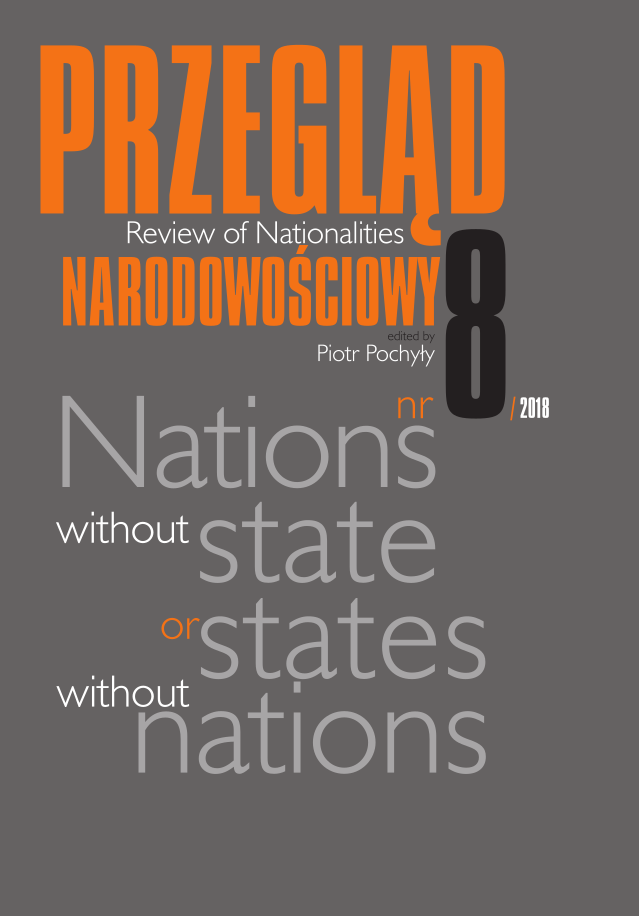Abstract
The aim of the article is to analyze the determinants and other conditions of the religious policy of the Polish state towards the Methodist Church in the Stalinist period. The author took into account conceptual, programmatic, executive and operational activities undertaken by a complex subject of power, formed by three structures: party, administrative and special services. In his opinion, the liquidation direction of religious policy towards the Methodist Church was determined primarily by two factors: 1) the activity of Methodists in Masuria, which was assessed as “harmful activities” because they were competitive to the activity of the Evangelical-Augsburg Church (in which the authorities placed great hopes for effective repolonization of the native population), 2) strong links between the Methodist Church in Poland and the Methodist Church in the West (United States of America, Canada, Great Britain, Sweden). The liquidationa ctivities have been depicted primarily on the basis of solutions included in the action of special services under the codename “Moda”. The author also explains the reasons for the final resignation from the liquidation policy towards Polish Methodism and the inclusion of the Methodist Church in the direction of the rationing policy

